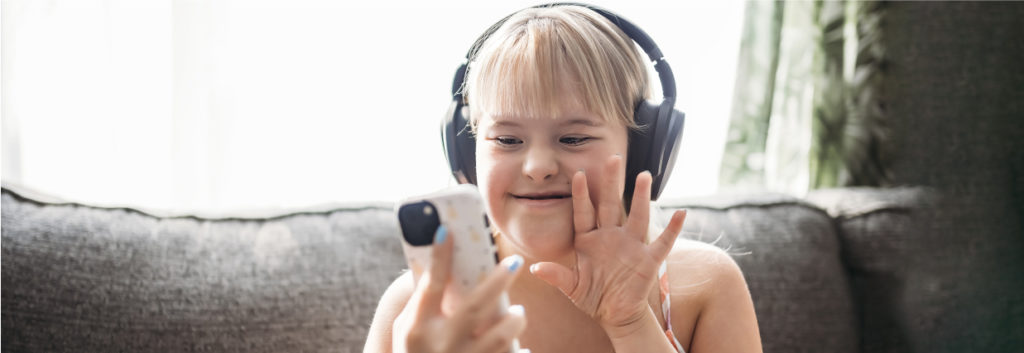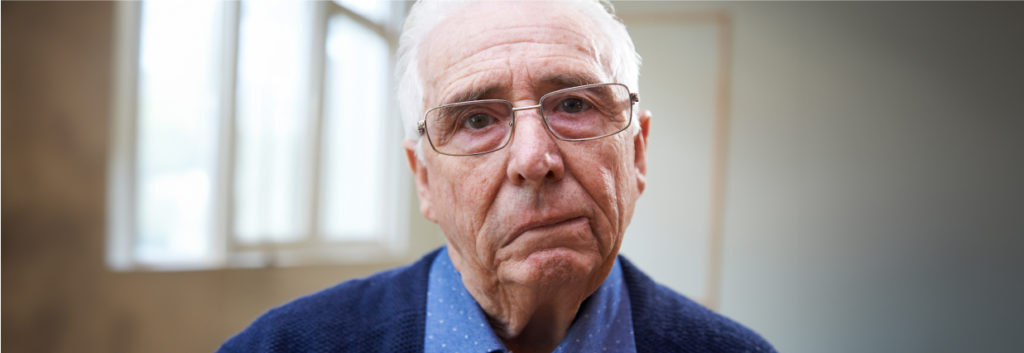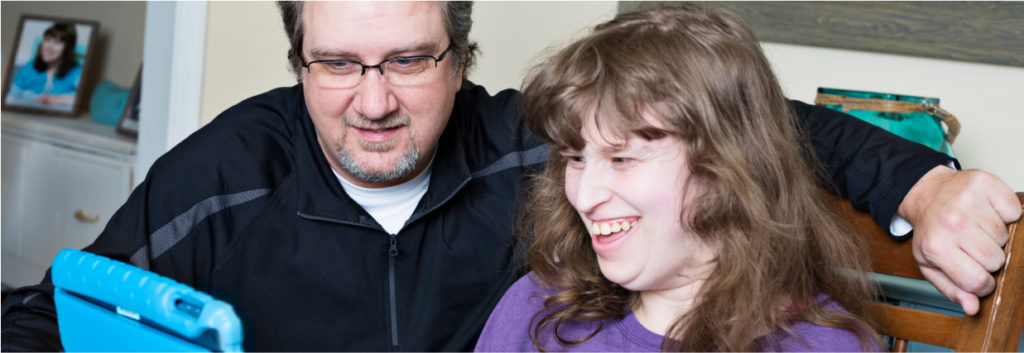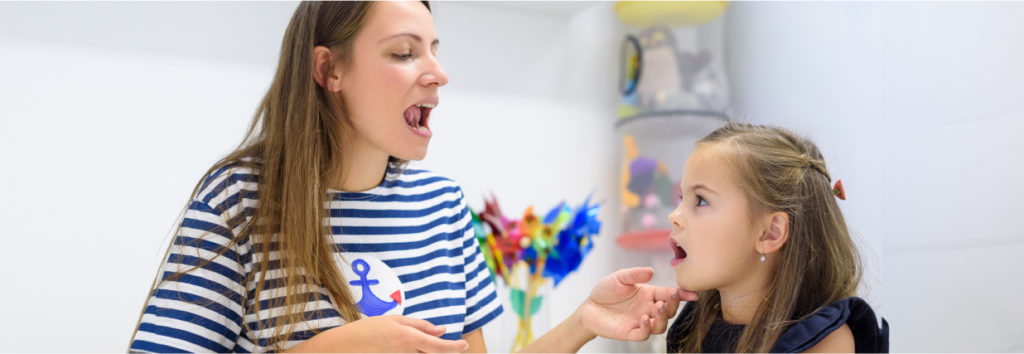People with disabilities

Empowering Parents of Loved Ones with Disabilities: Understanding Orofacial & Myofunctional Disorders If you are a parent of a child with disabilities, you may be familiar with the unique challenges they face, including orofacial and myofunctional disorders. These conditions can affect anyone, including individuals with Trisomy 21 (Down syndrome) and other disabilities. Orofacial and myofunctional […]
Seniors

Maintaining a harmonious facial appearance is essential for building trust and fostering social connections. Issues like drooling or the inability to close one’s lips can pose challenges. Conditions such as lip drooping, facial paralysis, scars, and difficulty in expressing oneself can affect daily life and eating habits. To address these concerns, a close partnership between […]
Adults

Your Face and Well-being Matter! Even the tiniest blemish can affect how we feel about ourselves and our interactions with others. From minor breakouts to more challenging issues like drooping lips, facial paralysis, scars, and communication difficulties, we understand how these concerns can impact your life. Our approach involves a close partnership between you and […]
Teenagers

Discover your true self and build strong social connections during this formative stage of life. Addressing speech issues, like lisping, to prevent social exclusion, and improving breathing and tongue position for boosted self-confidence.
Kids

Is your child struggling with pacifiers, thumb-sucking, or other habits resulting in speech or swallowing issues? Our therapists help children overcome speech issues. They also focus on correcting swallowing patterns, transitioning from infantile to adult patterns, preventing digestive issues. Plus, we address concerns like hypersalivation and mouth breathing, promoting healthy nasal breathing. Give your child […]
